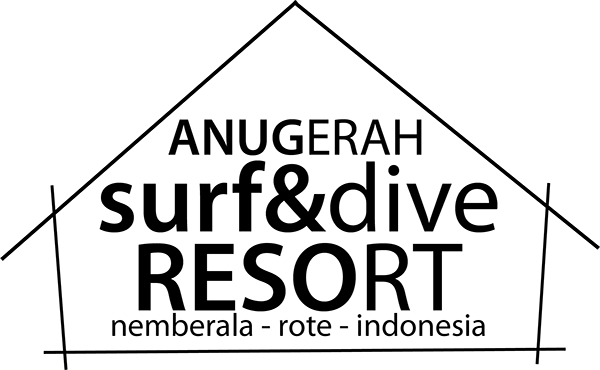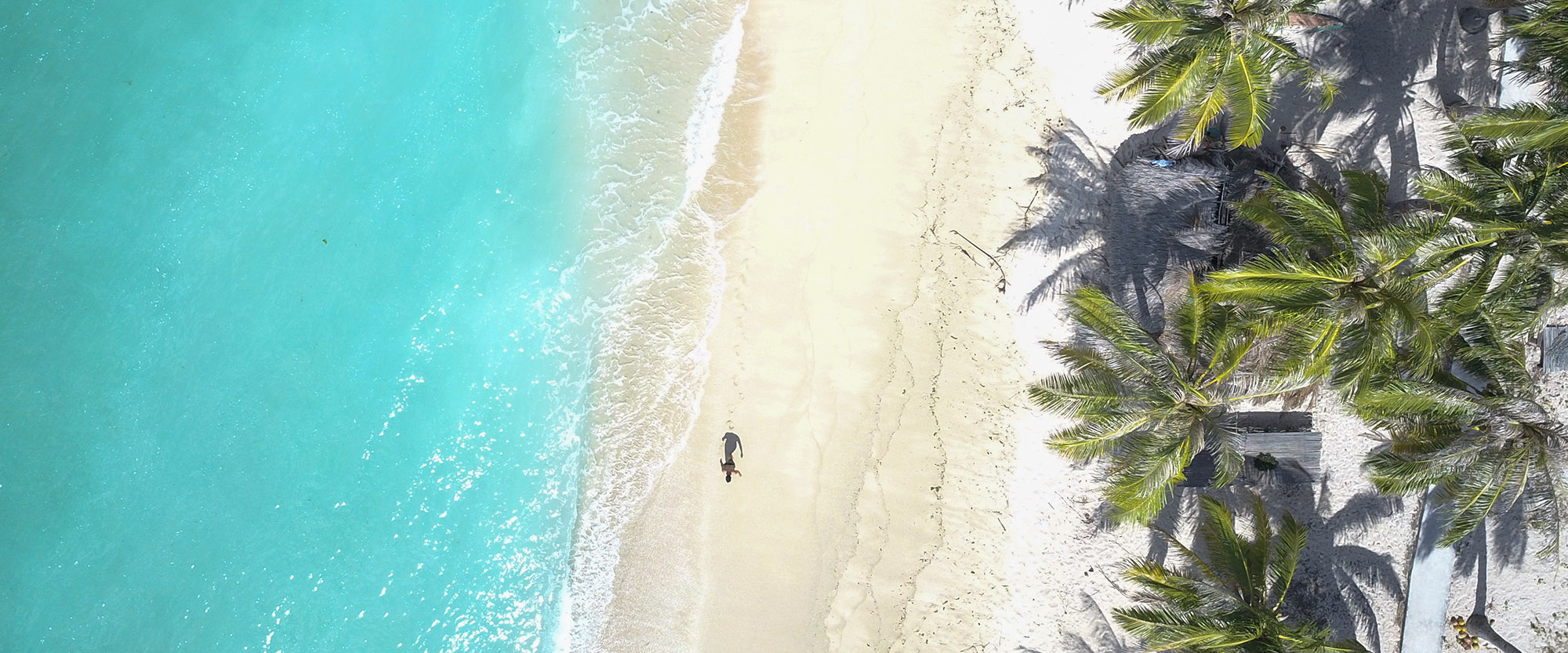
Geography
Pulau Rote island is the southernmost island in the Indonesian Archipelago, one of the Lesser Sunda Islands and covers 1200 km/2 with a population of roughly 100,000. It is part of the East Nusa Tengarra province, located just south of West Timor, and along with the other small islands nearby, it forms the Kabupaten Regency. To the north is the Savu Sea, while to the south is the Timor Sea.
The Lonely Planet guide describes it as, “A slender limestone jewel, with powdery white sand beaches and epic surf” and the description is spot on. The landscape is unlike many other Indonesian islands, and features rolling hills and a vast inland lake system. You’ll see some terraced rice plantations, acacia and lontar palms (which are the economic mainstay), savannah and some tropical forest.
Climate
The dry season is from May to September when the south-east trades blow, especially July and August, and Rote is known as one of the windiest of the Indonesian islands. Wet season features less wind from variable directions, though the island can be affected by nearby cyclones off the Australian coast during this period. Rainfall is lower overall than most Western Indonesian islands, with fewer mosquitos as a result.
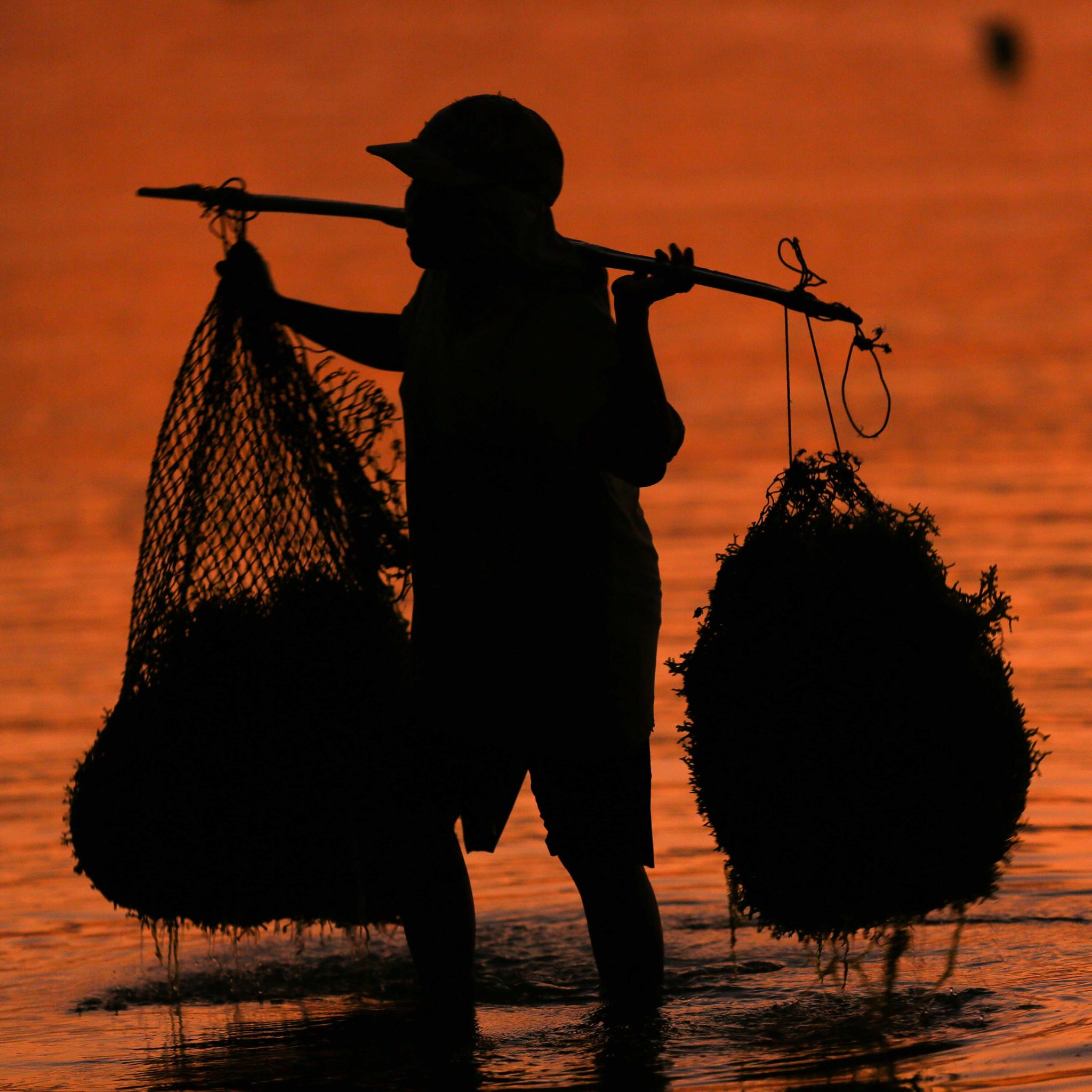
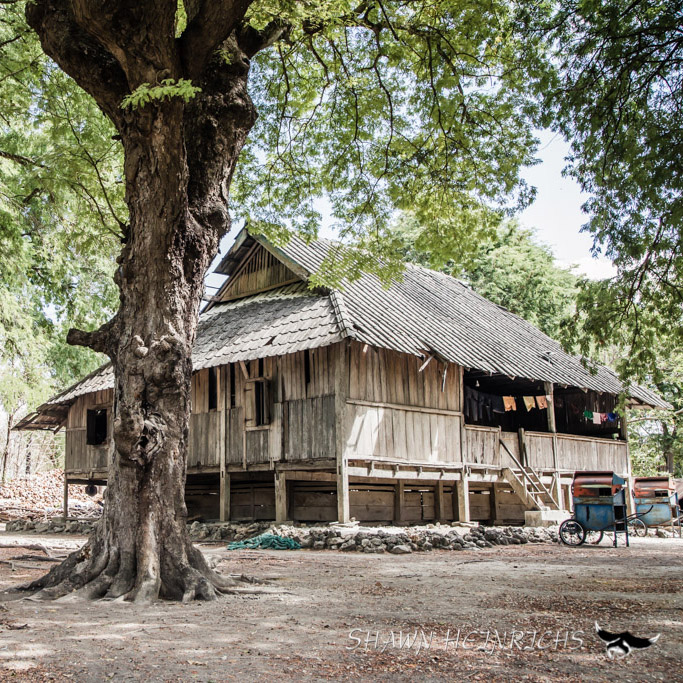
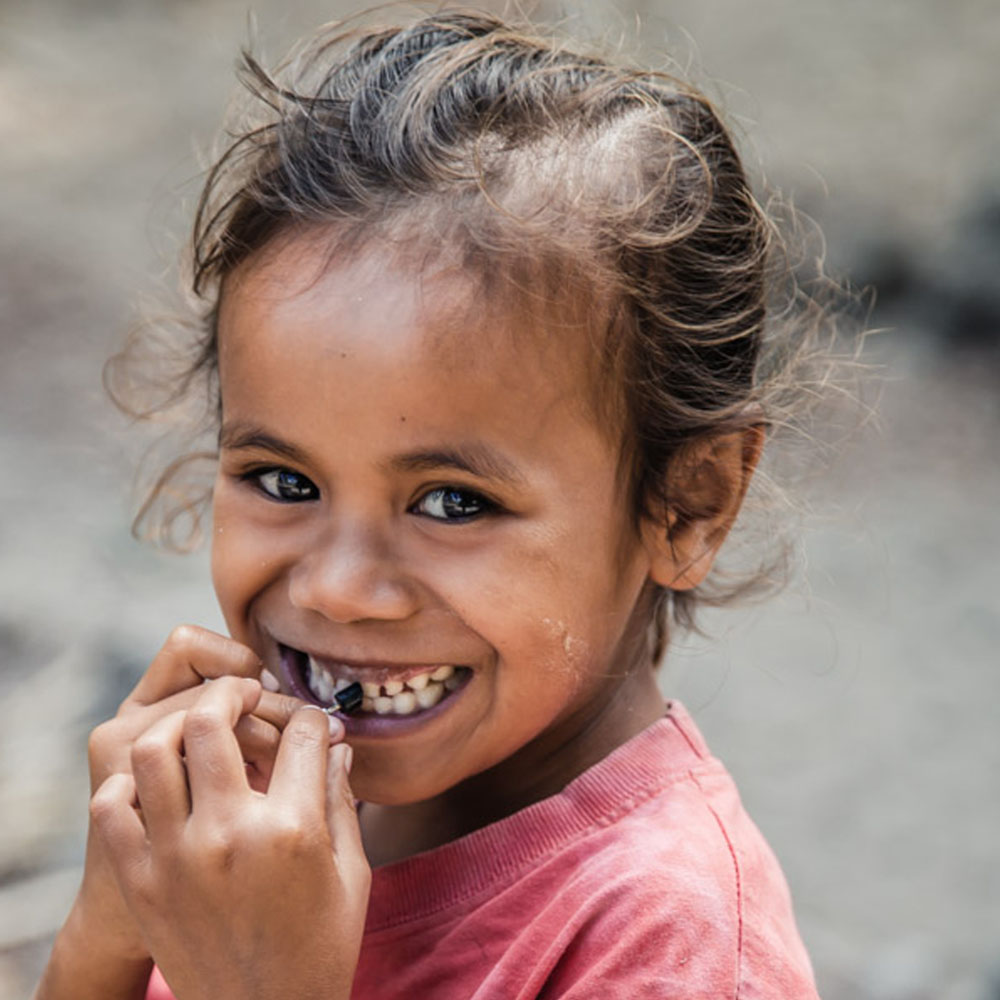
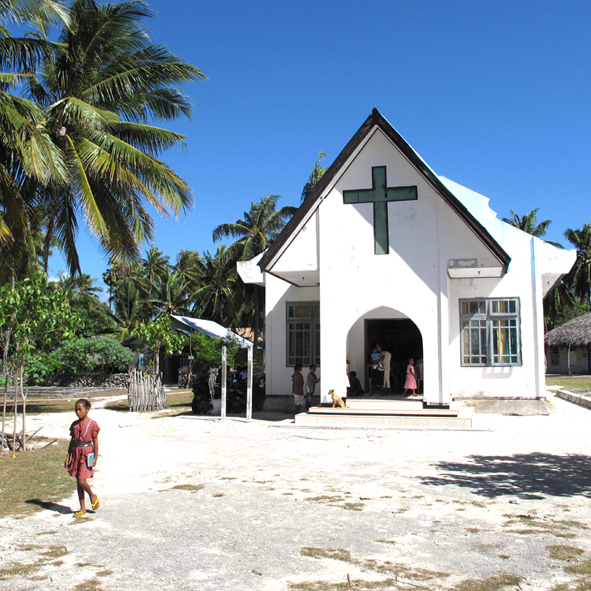
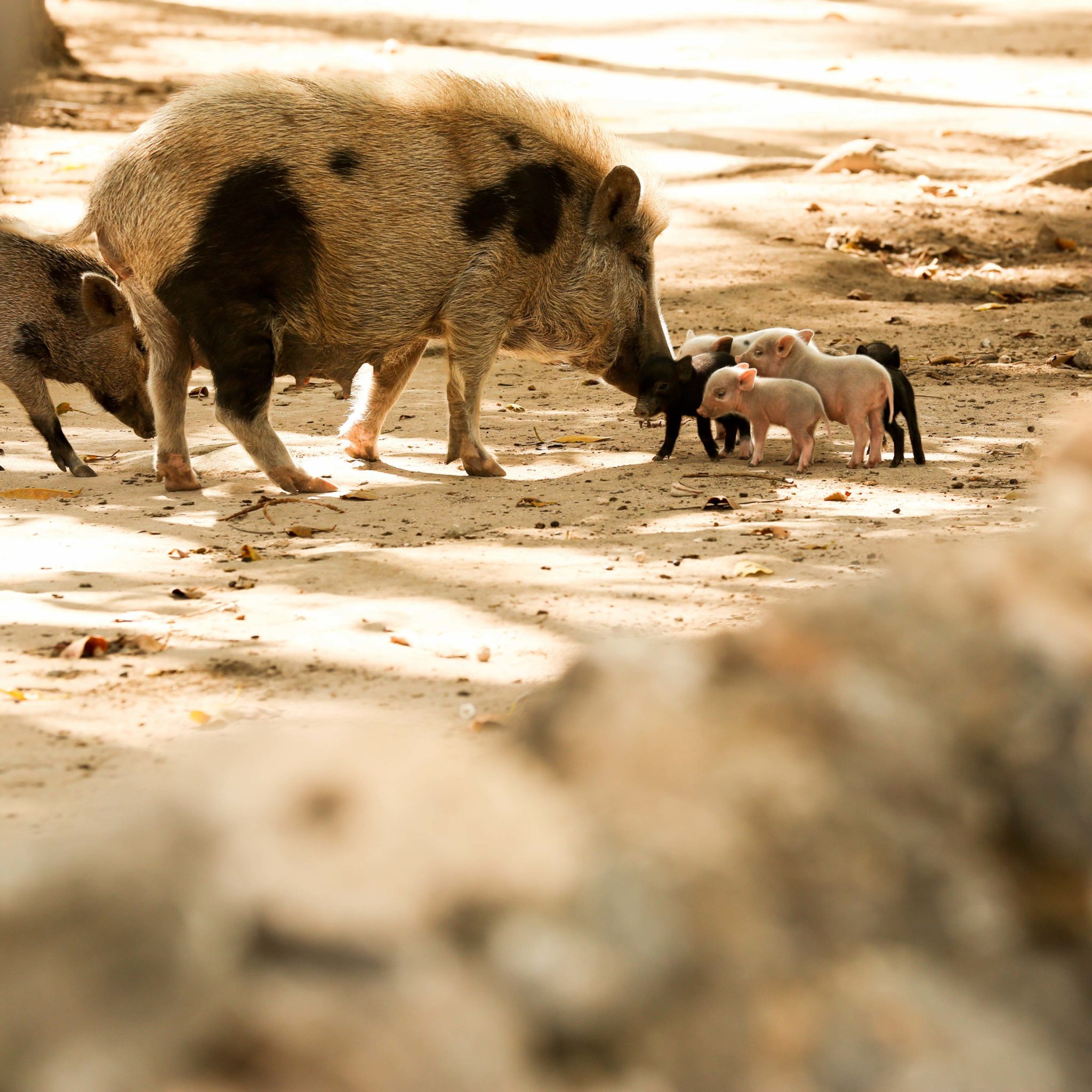
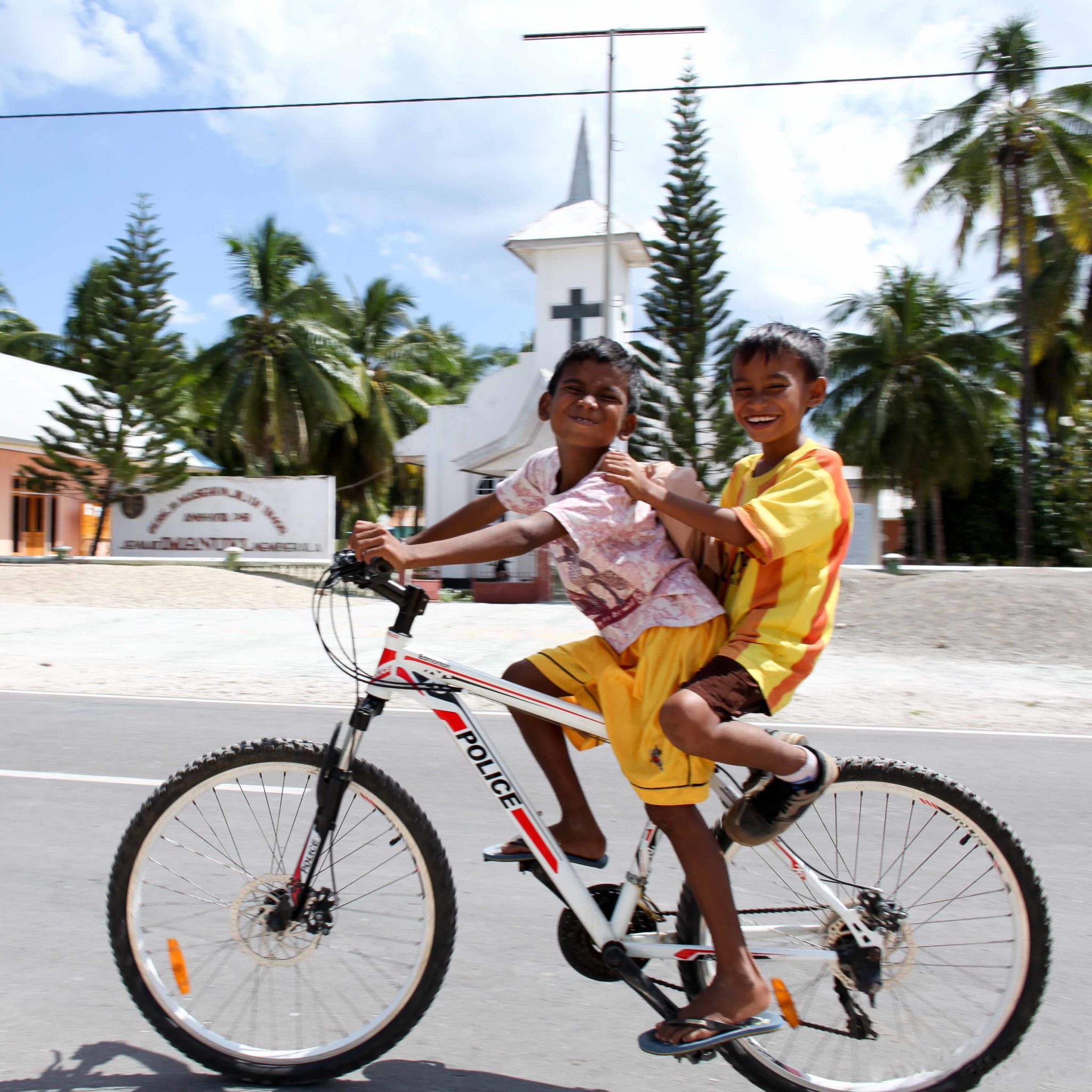
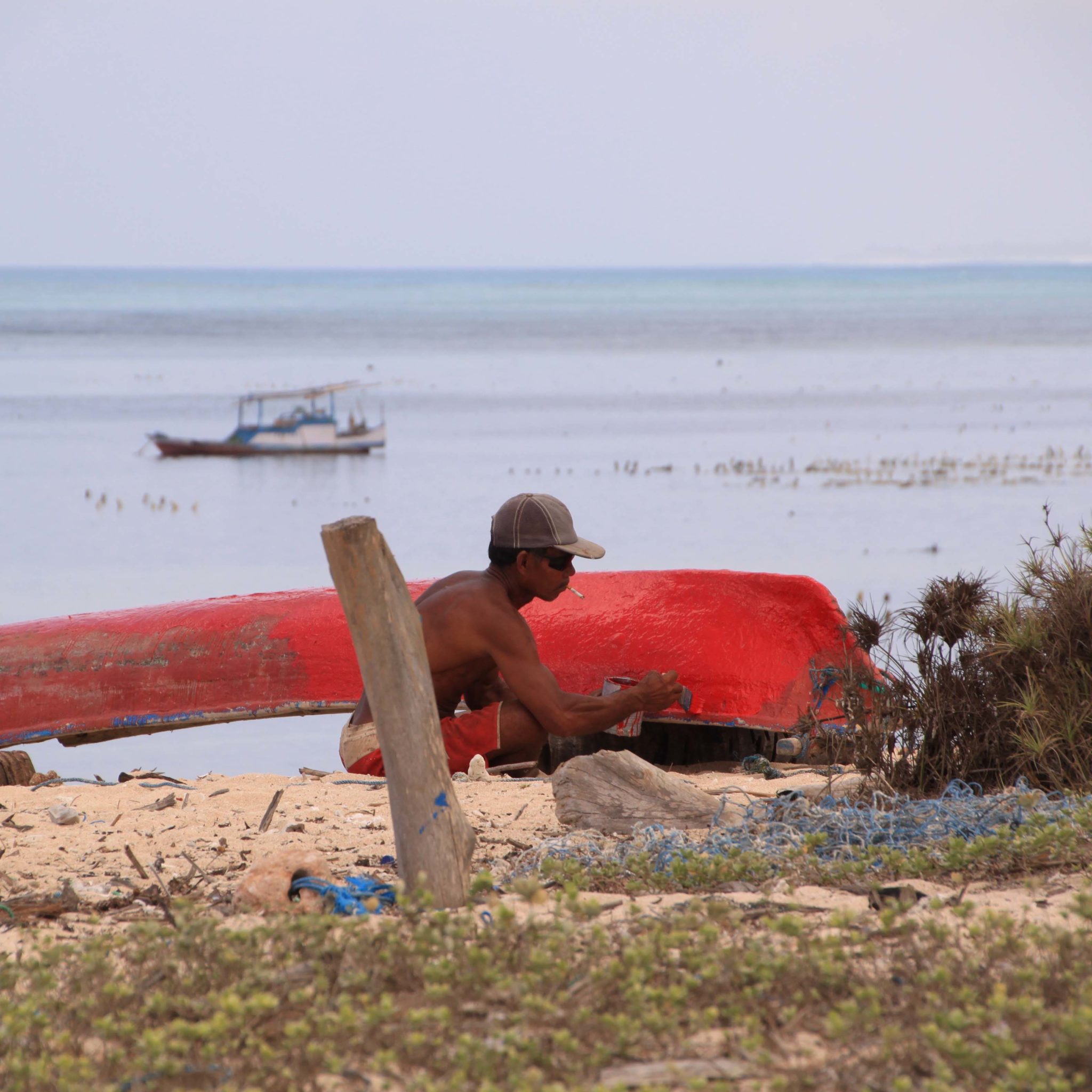
History
According to local legend, the island got its name in the 17C, when a lost Portuguese sailor landed on its shores. Confused, he asked a local farmer where he was. The surprised farmer, who could not speak Portuguese, introduced himself as “Rote”, and somehow the name stuck. The ensuing bloody introduction to western society saw Rote as a source of slaves for the European invaders, however the Rotenese adapted quickly, adopting Christianity in order to survive. Education came with religion, and through time, it has allowed the island to exert a powerful political and economic influence over its neighbor Timor.
Society
Whilst surfing has been the cornerstone of the tourist industry, its distance from Bali has meant the numbers are far fewer than islands like Lombok and Sumbawa, and the local society has kept its traditional roots. The Rotenese are a conservative, shy, but almost universally friendly people, and happy to engage travellers, with little or no property crime reported by visitors. Church remains a powerfully unifying force, and Sunday sees nearly all the local villagers attending a service at some time. Shops are few away from the main centres, and the absence of a large cash economy is marked. However the island appears poised at a crossroads of sorts. Growth is happening quickly in the south, around Nemberala and Boa, and if the rest of Indonesia is anything to go by, big change is in the wind, with large numbers of foreigners building holiday homes and a series of resorts popping up all along the south coast. The remainder of the island seems to be blissfully carrying on as it has for centuries, despite the prevalence of mobile phones, cars and bikes. Most tourists can be heard to utter at some time that Rote is still … like Bali used to be!
